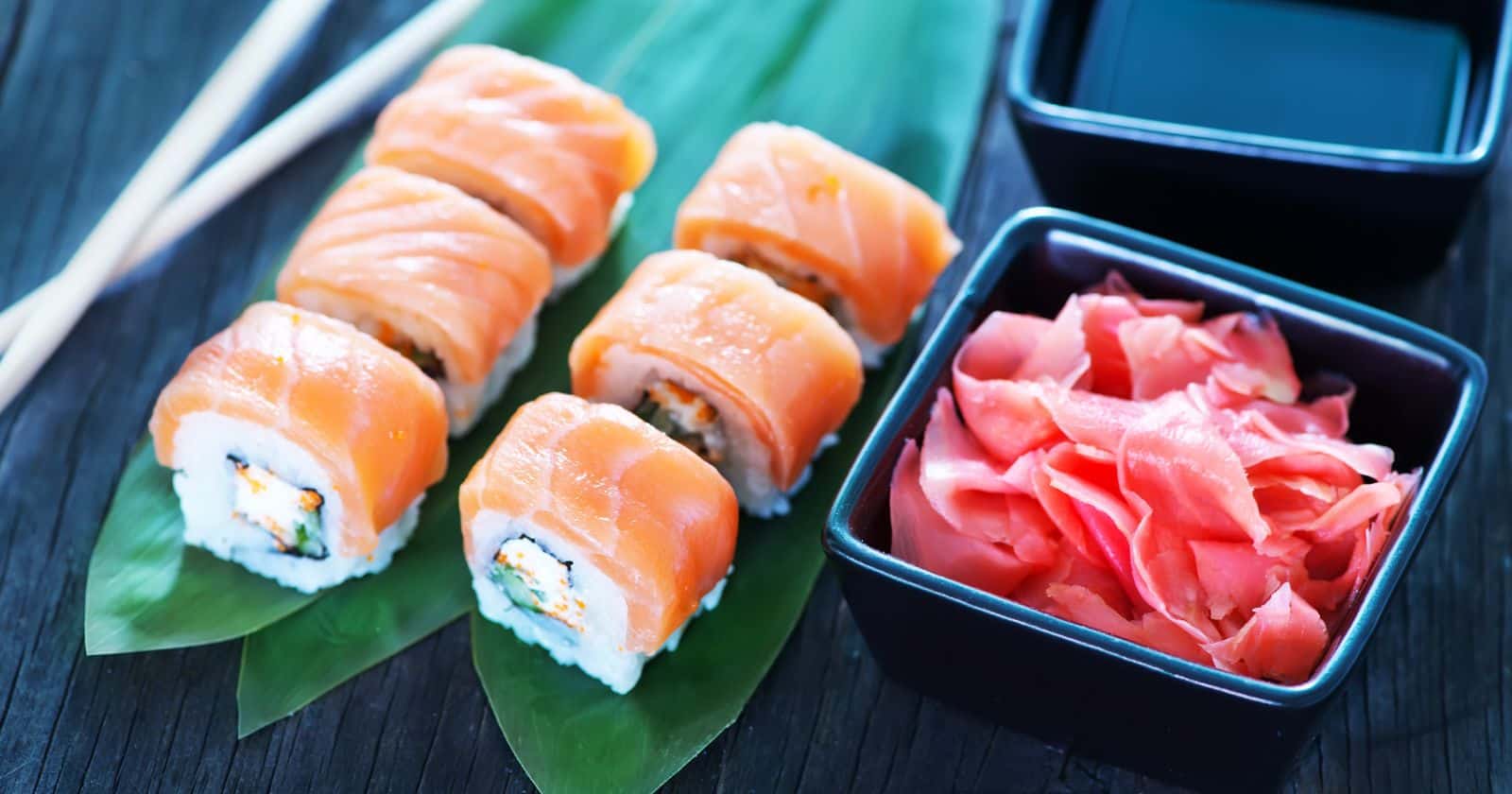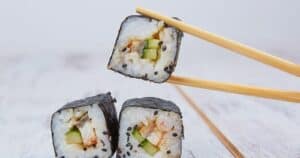Hey foodies! If you love sushi as much as I do, you may have wondered: Is sushi Japanese or Chinese? Let’s get to the bottom of this tasty debate.
The origins of sushi are complex. While sushi originated in China centuries ago, the sushi we know today developed in Japan and is considered a Japanese dish.
- Sushi’s roots trace back to Southeast Asia, where a dish called narezushi – fermented fish and rice – emerged over 2,000 years ago.
- Narezushi then spread to south China before making its way to Japan in the 8th century.
- In Japan, sushi evolved into a unique cuisine and adopted defining traits like raw fish and seaweed rolls.
Today, sushi is recognized globally as a quintessential Japanese food. But it’s also popular in the United States and adapted by other cultures.
The origins of sushi are nuanced, but it’s clear this beloved food is now a stellar symbol of Japanese cuisine. Keep reading for a deep dive into the fascinating history and evolution of sushi across continents. Grab your chopsticks and sip some green tea as we unravel sushi’s captivating past!
Sushi’s Early Beginnings in China
Sushi has ancient roots tracing back to China.
The earliest form of sushi arose in southeast China over 2,000 years ago. Known as narezushi, it consisted of:
- Cooked, fermented rice
- Salted fish
- Soy sauce
- Rice wine
This simple preserved fish dish emerged as a way to extend the shelf life of seafood before refrigeration existed.
Narezushi was created near the Mekong River flowing through modern-day Vietnam and Cambodia. This fertile region allowed rice and fish farming to thrive.
Narezushi then spread through southern coastal China before making its way to Japan around the 8th century AD.
So while rudimentary sushi originated in China, it looked nothing like the artful sushi we love today. That transformation happened across the sea in Japan.
Sushi’s Evolution and Rise in Japan
After narezushi arrived in Japan centuries ago, the dish steadily evolved into unique Japanese cuisine.
In the Muromachi period (1336-1573), narezushi was adapted into a new style called namanare. It featured:
- Partially fermented rice
- Raw fish sliced and layered
- Soy sauce for flavor
By the Edo period (1603-1868), namanare morphed into edomae sushi – the true precursor to modern sushi:
- vinegared rice
- fresh fish
- nori seaweed
Edomae sushi arose in bustling Edo, or what we now call Tokyo.
This fast, on-the-go meal was a hit with Japanese citizens. Sushi’s popularity boomed as it shifted from preserved street food to an elegant, artistic dining experience.
Key sushi traits cemented in Japan include:
- Premium ingredients like tuna or salmon
- Complex rolling and plating methods
- Pairing with ginger, wasabi and soy sauce
So while inspired by Chinese narezushi, sushi took on a new life and identity in Japan.
Why Sushi is Considered Japanese Today
Given its transformed roots, Japan can rightly claim sushi as its own unique cuisine:
- Sushi is tied closely to Japanese culture and cuisine. It holds a long, rich history there.
- Japan launched sushi’s global fame. As sushi grew in Japan, it spread worldwide in the 1960s and became a global dining staple.
- Sushi is prepared by trained sushi chefs using traditional Japanese methods like vinegared rice molding.
- Sushi exemplifies Japanese culinary valuesSushi exemplifies Japanese culinary values freshness.
No doubt, sushi is strongly rooted as an iconic Japanese food today.
Sushi Continues Evolving Across Cultures
While clearly Japanese, sushi also keeps spreading and adapting internationally:
- Sushi is devoured worldwide, from the U.S. to Europe to South America.
- Regional “sushi fusion” cuisines have emerged, like California rolls with avocado.
- Chefs put local spins on sushi with new ingredients like mango or bacon.
- Home cooks create reimagined sushi recipes like sushi burritos or sushi pizza!
So while sushi originated in China, its identity today is distinctly Japanese. But that identity continues evolving as sushi wins over tastebuds globally.
Sushi’s Winding Story Across Asia and Beyond
Sushi’s origins make for a winding tale across continents! While born in China, sushi became transformed into the roll-wrapped wonder we love in Japan.
Today sushi is hailed as an icon of Japanese cuisine, culture and artistry. But it also keeps spreading wings with new fusions across the globe.
Wherever it pops up next, sushi retains traces of its centuries-old beginnings along the Mekong. This tasty dish has surely come a long way!




